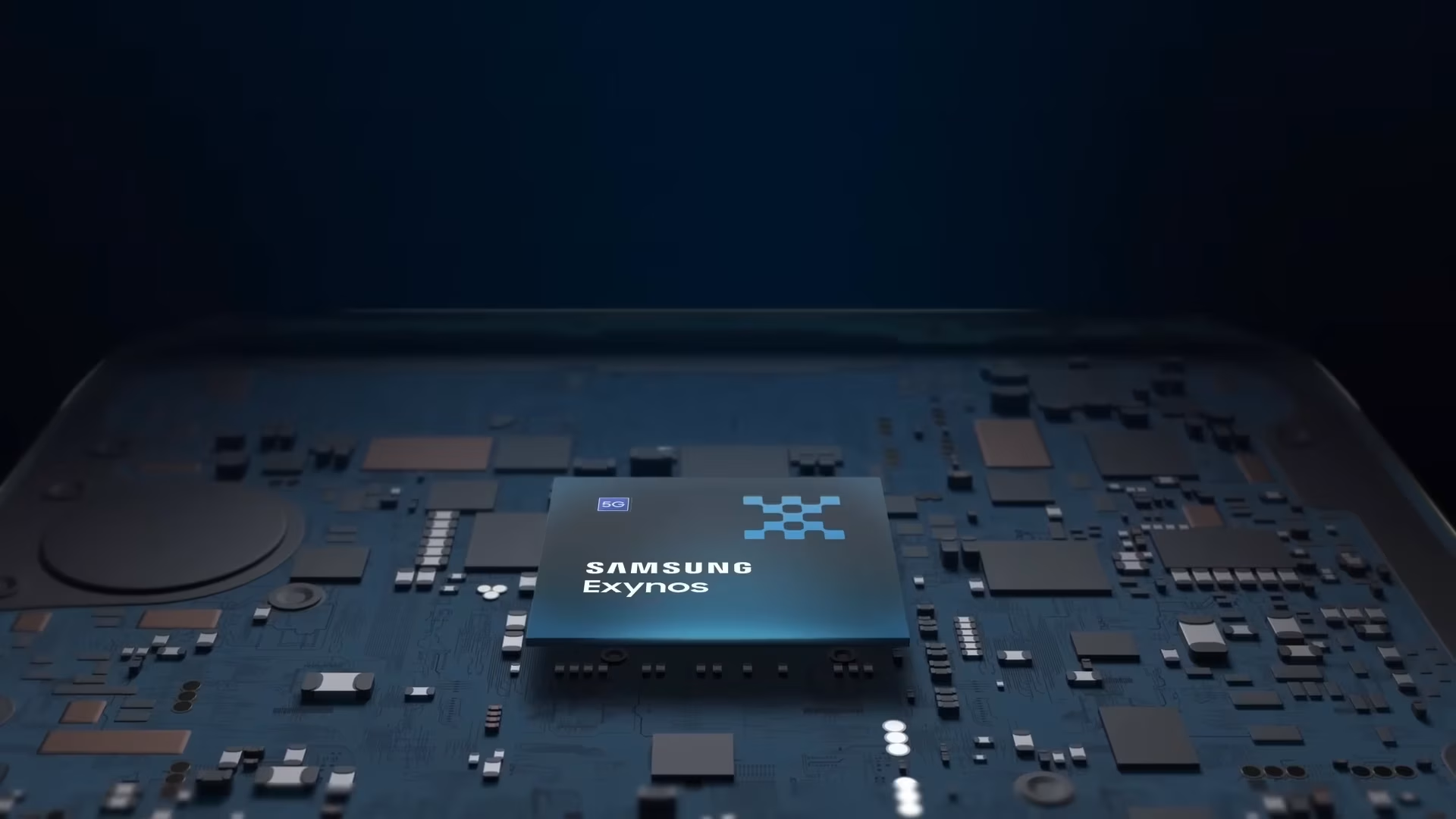Samsung Confirms Exynos 2600: A 2nm Leap for Flagship Smartphones
In a significant development for the mobile technology landscape, Samsung has officially confirmed that its upcoming Exynos 2600 will be the first chipset manufactured using Samsung Foundry's cutting-edge 2nm Gate-All-Around (GAA) process. This announcement, made on July 31, 2025, positions the Exynos 2600 as a pivotal component in the next generation of flagship smartphones, most notably the anticipated Galaxy S26 series in certain markets. It's a big deal, really.
This isn't just another incremental upgrade; we're talking about a foundational shift in chip architecture. For years, the industry has chased smaller process nodes, and hitting 2nm with GAA technology is a testament to Samsung's persistent efforts in semiconductor innovation. It’s a clear signal that Samsung isn't just playing catch-up in the high-end chip space; they're aiming to lead.
The Significance of 2nm GAA Technology
So, what does moving to a 2nm GAA process actually mean for you and me, the end-users? Well, it's pretty profound. Think of it like this: the smaller the nanometer number, the more transistors you can pack into the same area. More transistors generally mean more processing power. But the real magic here isn't just size; it's the Gate-All-Around (GAA) architecture.
Traditional FinFET transistors, while revolutionary in their time, have physical limitations as they shrink. GAA, on the other hand, allows the gate to surround the channel on all four sides, offering superior control over current flow. This translates directly into two critical benefits: vastly improved power efficiency and enhanced performance. We're talking about chips that can do more, faster, while consuming less battery. That's the holy grail for mobile devices, isn't it? Compared to the 3nm process used for the Exynos 2500, this 2nm jump is a substantial reduction in size, promising a noticeable uplift in both raw power and how long your phone can last on a single charge.
Performance Expectations and AI Prowess
Beyond the foundational process node, early reports suggest the Exynos 2600 is set to deliver significant improvements in its Neural Processing Unit (NPU). This is where the chip's artificial intelligence capabilities reside, and frankly, it's becoming increasingly important for our daily smartphone experience. From advanced computational photography to real-time language translation, and even on-device generative AI features, a powerful NPU is key.
The enhanced NPU performance means the Exynos 2600 should handle complex AI tasks with greater speed and efficiency. Imagine a phone that can process your photos with studio-quality enhancements in a blink, or offer truly seamless voice commands and intelligent assistants. This focus on AI isn't surprising, given the industry's current trajectory. Every major chipmaker is pouring resources into AI acceleration, and Samsung clearly doesn't want to be left behind. In fact, they seem intent on pushing the envelope.
Market Implications and Samsung's Strategic Play
This 2nm Exynos 2600 is more than just a piece of silicon; it's a strategic move by Samsung. For a while, there's been a debate, sometimes a heated one, about the performance parity between Samsung's Exynos chips and Qualcomm's Snapdragon counterparts, particularly in their flagship Galaxy S series. By developing such an advanced in-house chip, Samsung aims to reduce its reliance on external chip manufacturers. This gives them greater control over their supply chain, optimizes costs, and allows for deeper integration between hardware and software, potentially leading to a more cohesive user experience.
The introduction of the Exynos 2600 is a direct challenge to competitors like Apple, Qualcomm, and MediaTek in the high-end smartphone segment. It's Samsung saying, "We're serious about our own silicon." Of course, it's worth noting that the deployment of the Exynos 2600 in the Galaxy S26 series will likely follow Samsung's usual regional strategy. Some markets will probably receive the Exynos version, while others might still get a Snapdragon-powered variant. This approach, while sometimes frustrating for consumers, allows Samsung to adapt to different market demands and regulatory environments. But for those who get the Exynos 2600, it could be a real treat.
The Road Ahead: What to Watch For
The tech community is buzzing with anticipation. Posts on X (formerly Twitter) are filled with discussions about the potential of this new chip, with many expressing hope that it will firmly re-establish Samsung's devices at the forefront of performance metrics. It's a critical moment for the company, and the success of the Exynos 2600 will be closely watched.
This move to 2nm GAA could very well set a new benchmark for smartphone performance, especially in AI and raw processing power. It might even push other chipmakers to accelerate their own advancements, creating a healthy competitive environment that ultimately benefits consumers. We'll be keeping a close eye on the real-world performance benchmarks once the Galaxy S26 hits the market. Will the Exynos 2600 live up to the hype? Only time will tell, but the foundation looks incredibly promising. It's an exciting time to be following mobile tech, isn't it?
